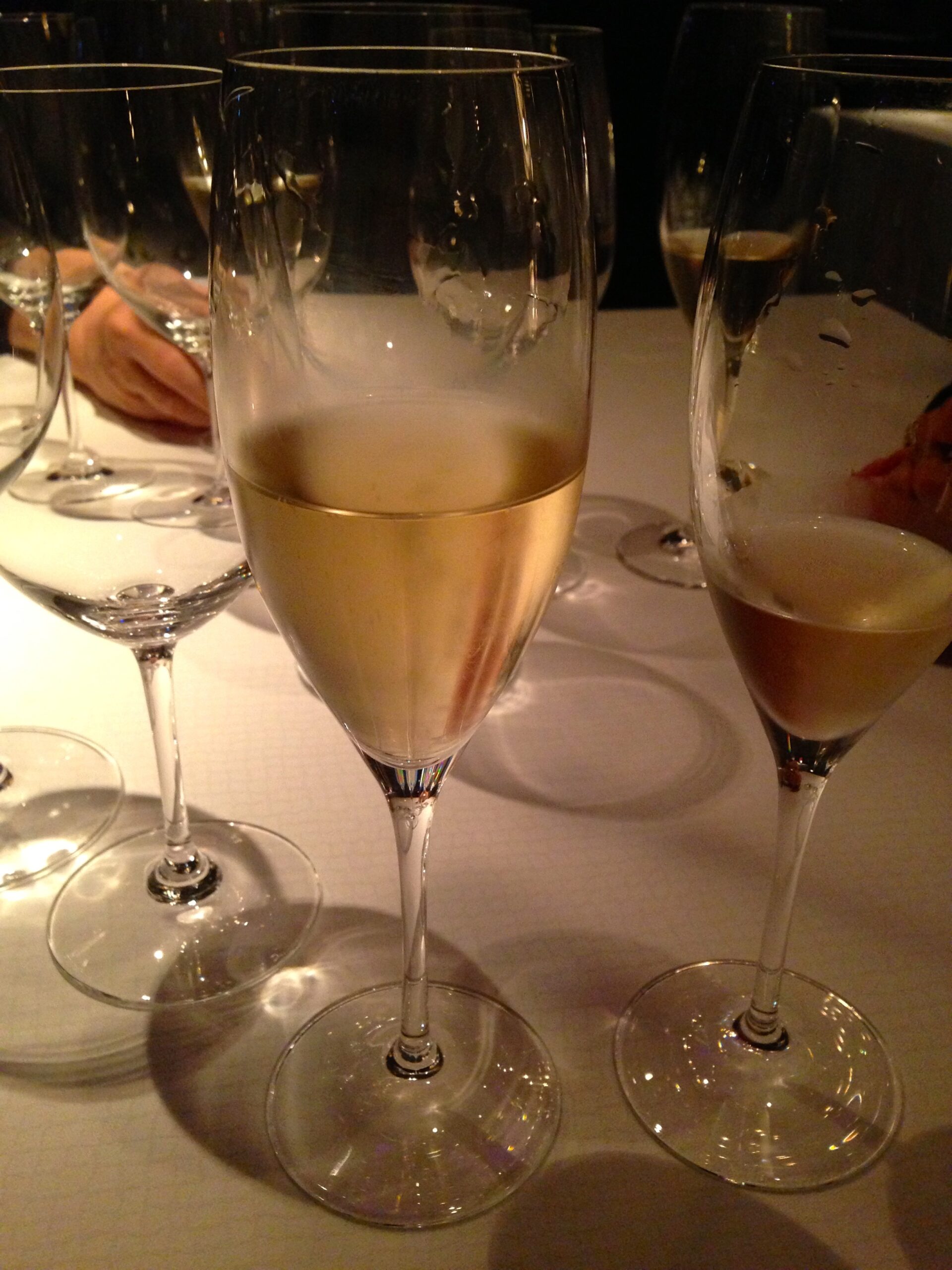
Explaining the Different Sparkling Wines
Champagne may be the most notable sparkling wine, but what about Cava and Prosecco? Read about the differences between Cava versus Prosecco including how they are made and their distinct tastes.
Cava versus Prosecco
Cava
Cava is Spain’s sparkling wine wherein 95% of the bottles are produced in the Penedes area of Catalonia. As such, the grape varietals are primarily of that region including Xarello, Parellada, and Macabeo.
Similar to Champagne, Cava requires the traditional method of production which involves creating still wine and bottling it with yeast and sugar for in-bottle fermentation. While Champagne tastes at least 15 months to ferment, Cava only takes around 9 months.
Because of its production method, Cava’s bubbles are similarly persistent to Champagne’s. However, because it ferments for a shorter period of time, the bubbles are fine, but not as fine as Champagne.
As for the tasting notes, Cava generally has citrus and pear notes and sometimes with a savory minerality as a result of the yeast fermentation.
Prosecco
Prosecco is Italy’s sparkling wine that is produced in the northeast regions of the country, inclusive of Friuli Venezia Giulia and Veneto. The regional grape varietal used is Glera, but many producers also include Chardonnay, Pinot Gris, and Pinot Noir.
As opposed to the traditional, in-bottle fermentation with yeast, Prosecco’s uses a Charmat, or Tank, Method wherein the wine ferments within a pressurized tank. In doing so, the sparkling wine does not require aging; and the result is a lighter sparkling with frothy bubbles that are less persistent.
Additionally, because of the tank method without aging, the Prosecco’s tasting notes are generally more fruit-forward with a light, fresh, flowery fragrance.
Sign up for my newsletter on the sidebar for blog updates and my travel insider tips! And, check out my vlogs on YouTube!


